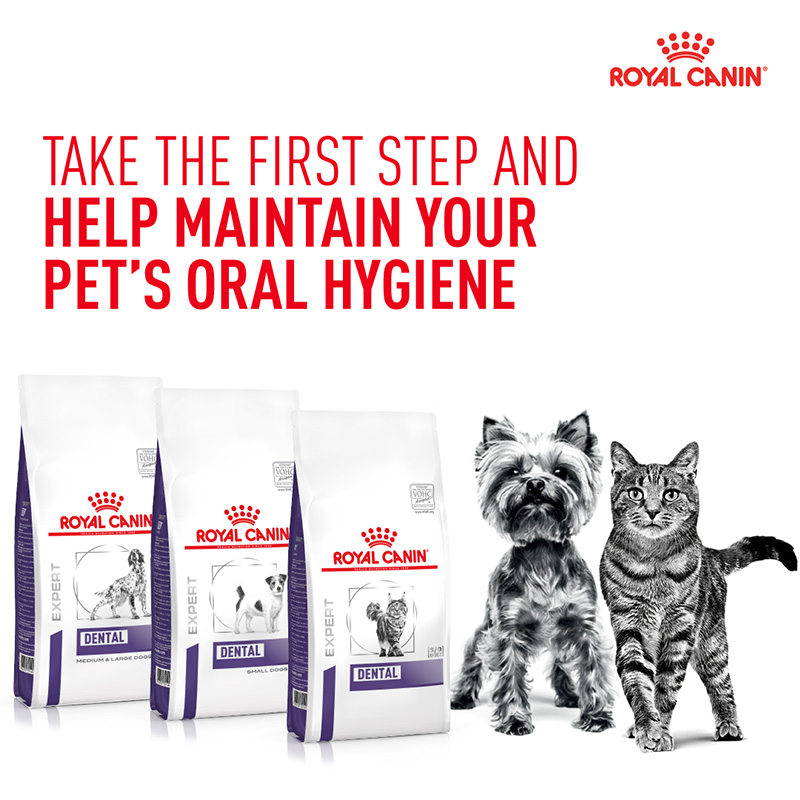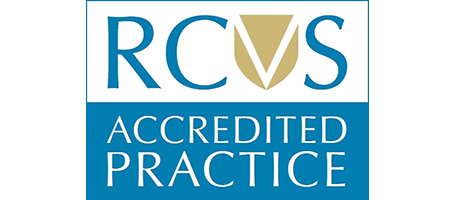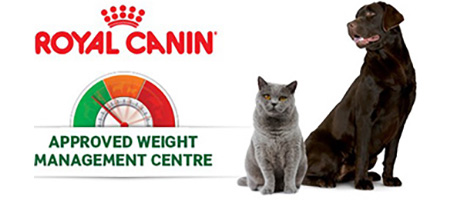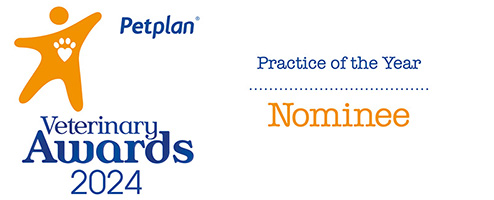Dental Homecare
 Why Look After Your Pet's Teeth
Why Look After Your Pet's Teeth
- Dogs have 42 permanent teeth and cats have 30.
- Research has shown that over 80% of dogs and 70% of cats have periodontal disease by the time they reach 3 years old.
- Usual signs that you may notice include smelly breath and red gums.
Every time your pet eats, a soft film called plaque is formed over the surface of the teeth. Over time, this will calcify and harden into the yellow/brown substance called tartar or calculus. With daily toothbrushing, this cycle can be broken, keeping away harmful bacteria that can cause problems not only in the mouth but elsewhere in the body too. Where toothbrushing is not possible, there are other things that you can do to help stop or slow down this process, from specific dental foods, water and food additives to enzymatic gels.
Please speak to your vet or book a complimentary nurse clinic to discuss homecare in more detail.
How To Homecare Your Pet's Dental Health
Ideally, tooth brushing needs to be carried out on a daily basis. If this is not possible, then you should try to brush them at least every other day.
Equipment required:
- Pet toothpaste (flavoured & safe to swallow)
- Finger/finger brush/soft baby tooth brush
- Pet toothbrush
You will need to make the time for tooth brushing: it will be a new learning experience for you and your pet and therefore will need time dedicated to it, especially to begin with. There will be nothing to gain in snatching five minutes between other activities.
Approach your pet from the back of the head, rather than face-to-face as this can be quite confrontational.
Your pet will need to get used to you feeling and touching his/her mouth. Gently wiping the toothpaste on the teeth and gums with your finger is a good starting point.
Begin with the molars, the teeth at the back of the mouth, and work towards the canines and incisors at the front. Try to keep your pets mouth closed. Place your hand over the bridge of the nose and fingers under the lower jaw.
Use a circular motion working from the gum line down the tooth and do not apply excessive pressure.
Once you and your pet are comfortable with the above routine, then the finger brush or a soft baby toothbrush can be introduced. This will enable your pet to become familiar with a different texture against their teeth.
Introducing a standard pet toothbrush is the final step.
Remember:
- A little patience will be required at the beginning.
- Do not struggle with your pet. Introduce brushing slowly; this should become a fun activity for you and your pet, and part of your daily routine.
- Good behaviour deserves a reward!
- A little hard work could save you money and your pet from having avoidable veterinary treatment.
- Your pet’s breath should smell a little better!!
Useful Links
Click on the following links to find out more about your pet's dental healthcare:-
Top tips to improve your dog’s oral health from Virbac
Top tips to improve your cats’s oral health from Virbac
Colchester Practice
Maudlyn Rd
Colchester
CO1 2GU
fees.beans.rooms
01206 794695
More Information
Wivenhoe Practice
Colchester Rd
Wivenhoe
Colchester
CO7 9ET
feasted.ashes.bypassed
01206 826287
More Information






